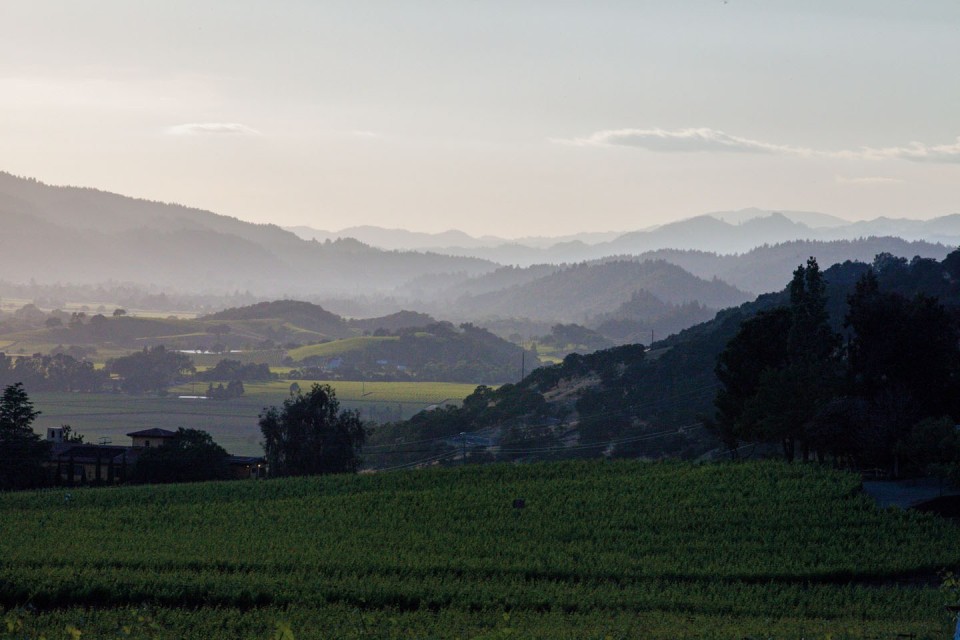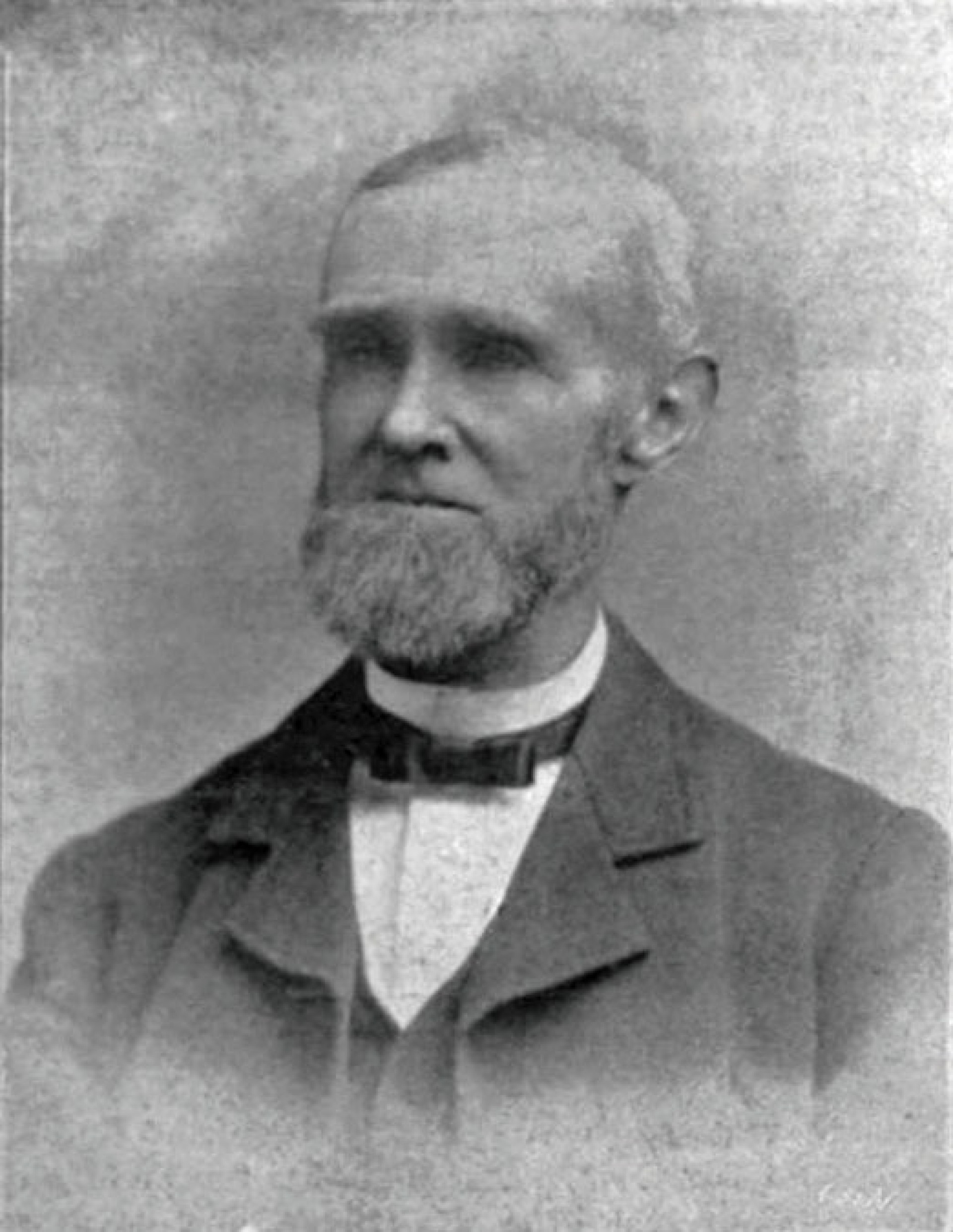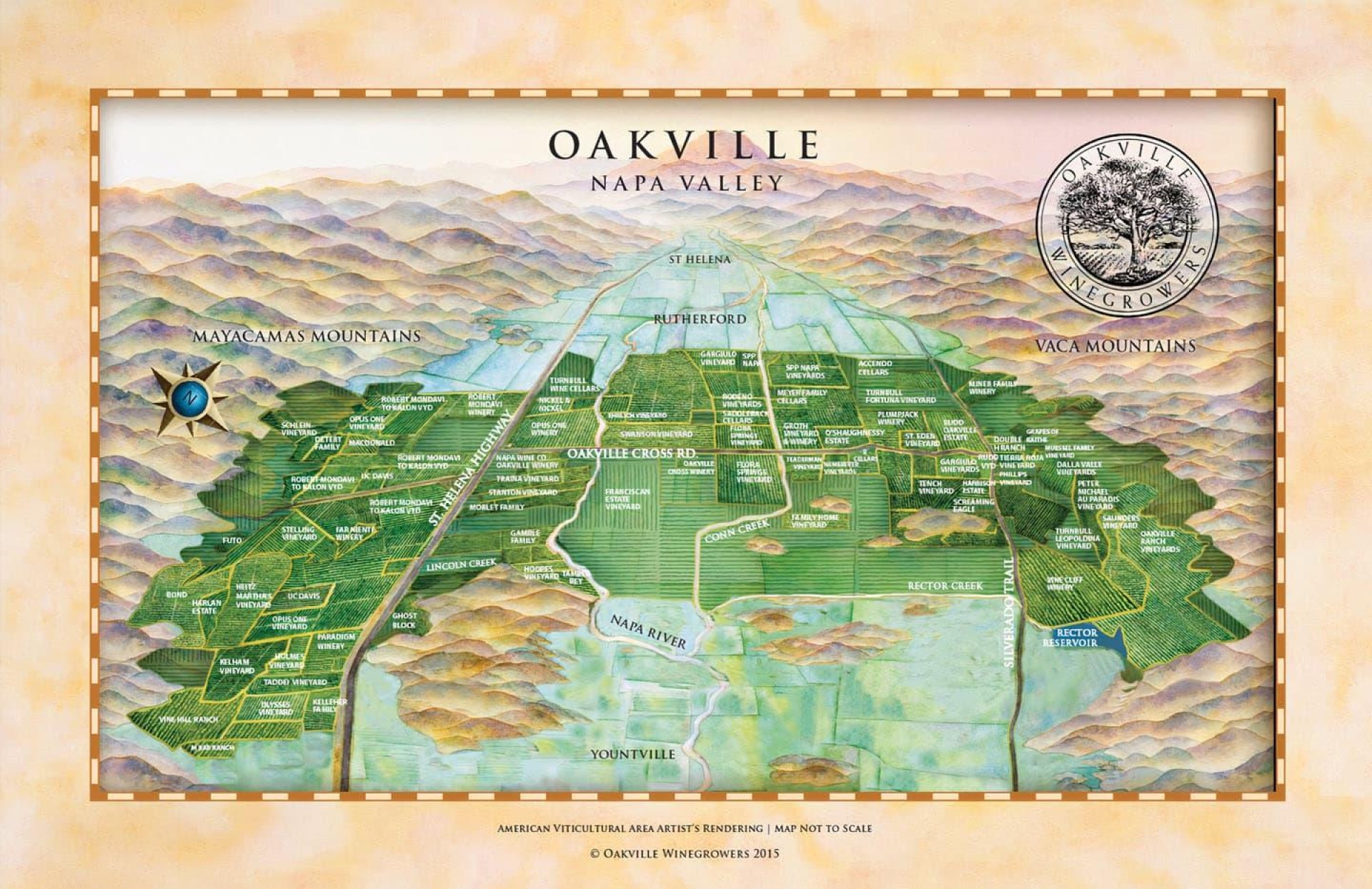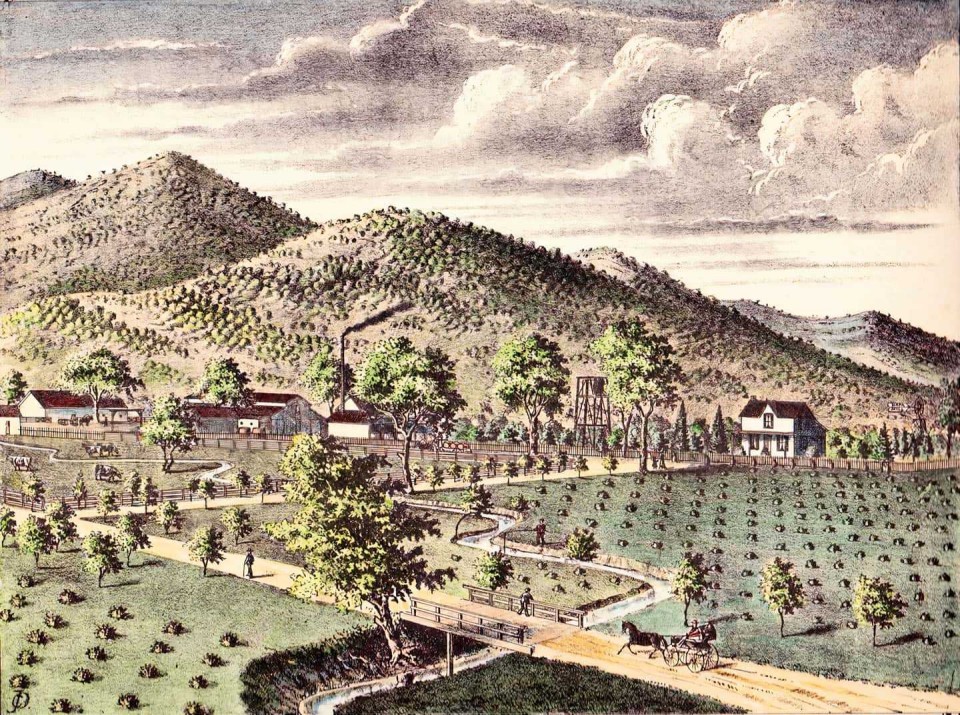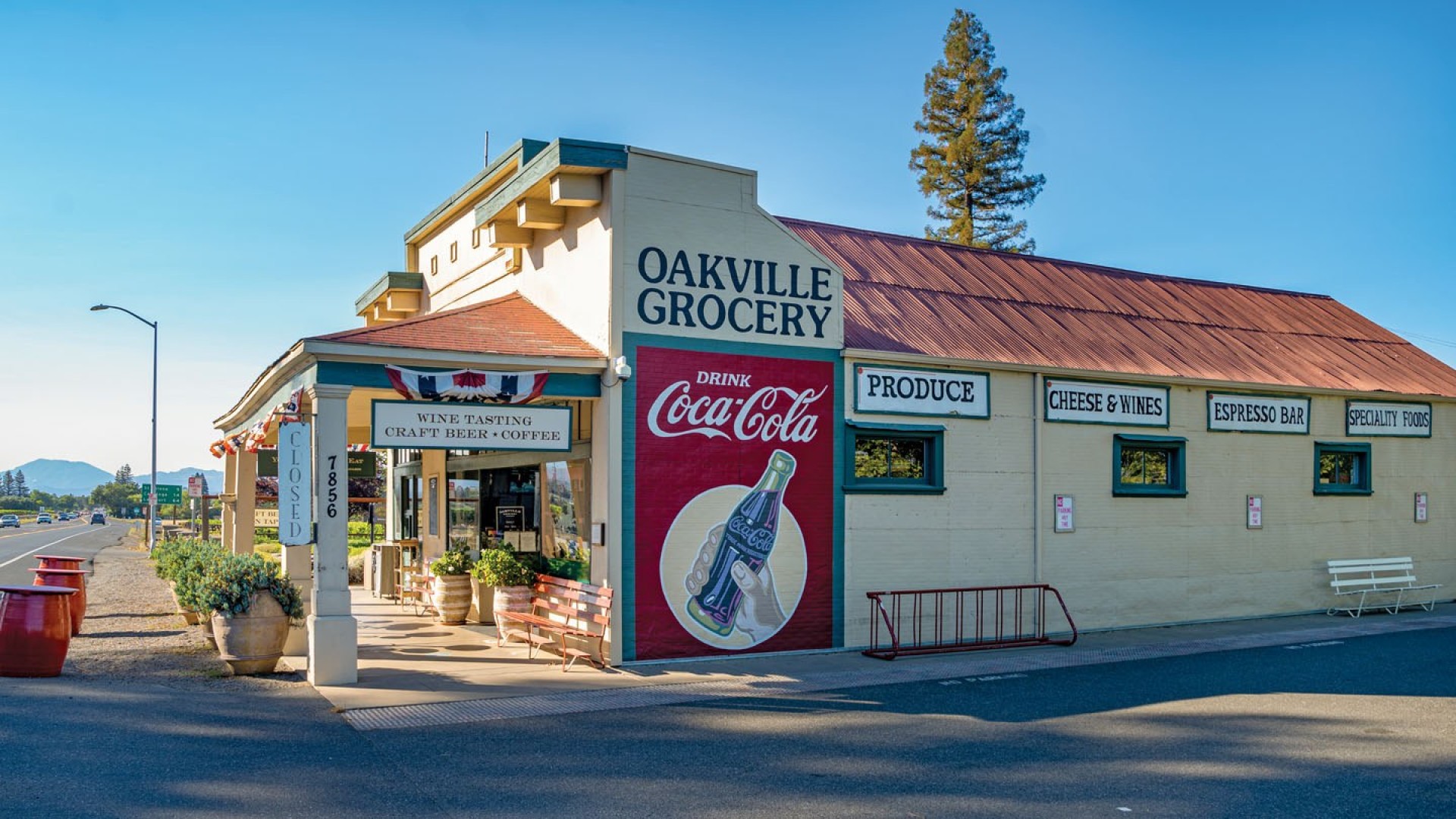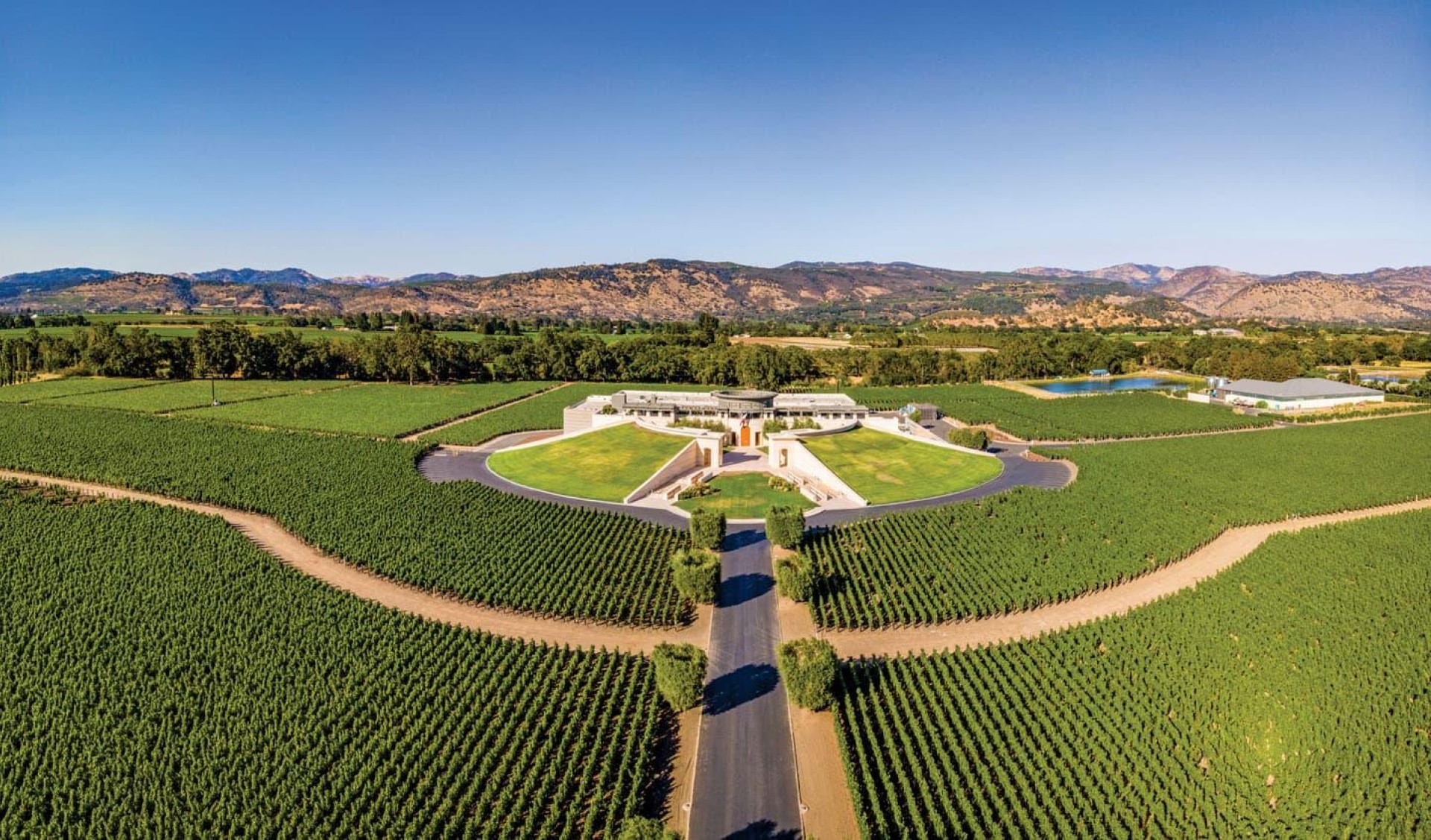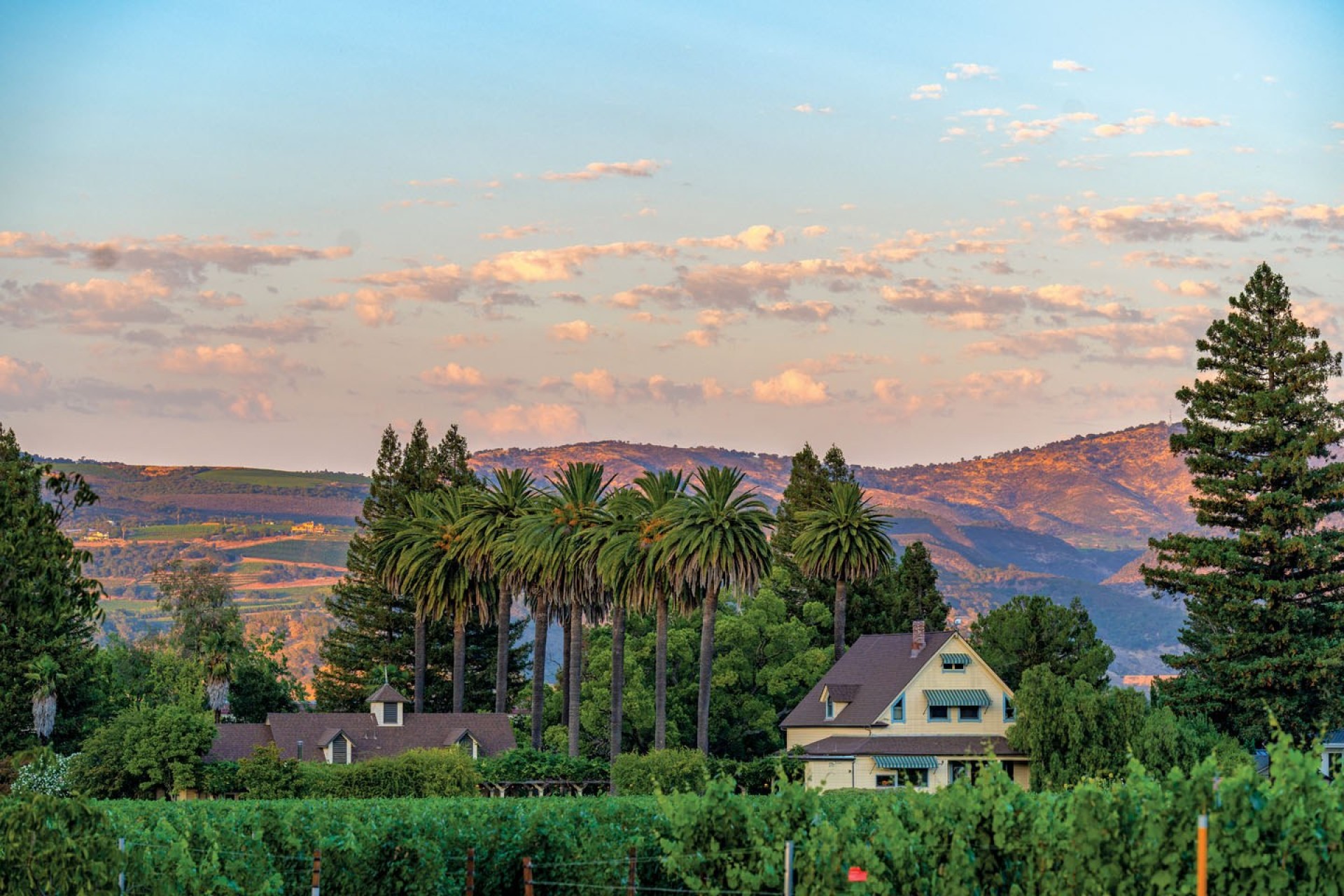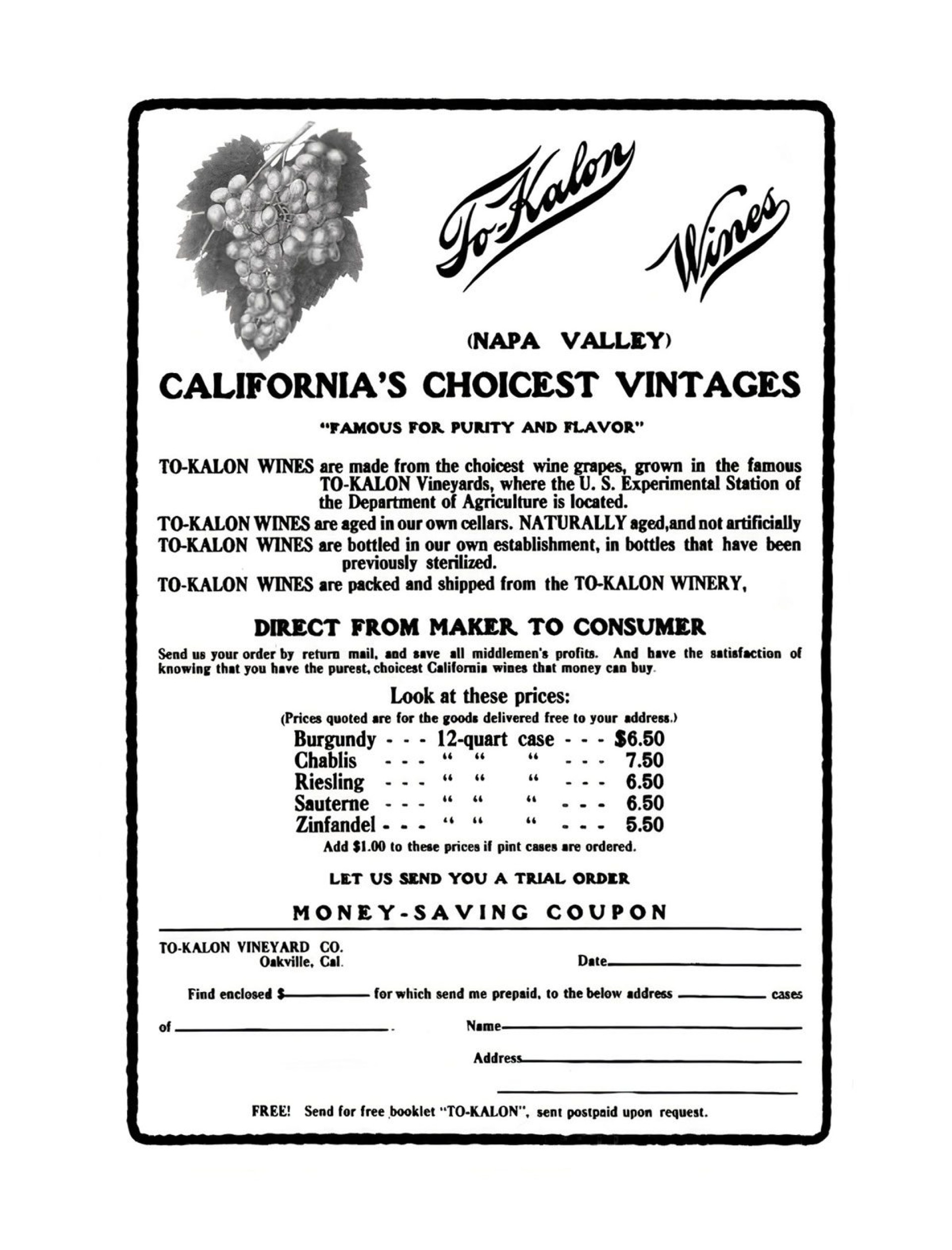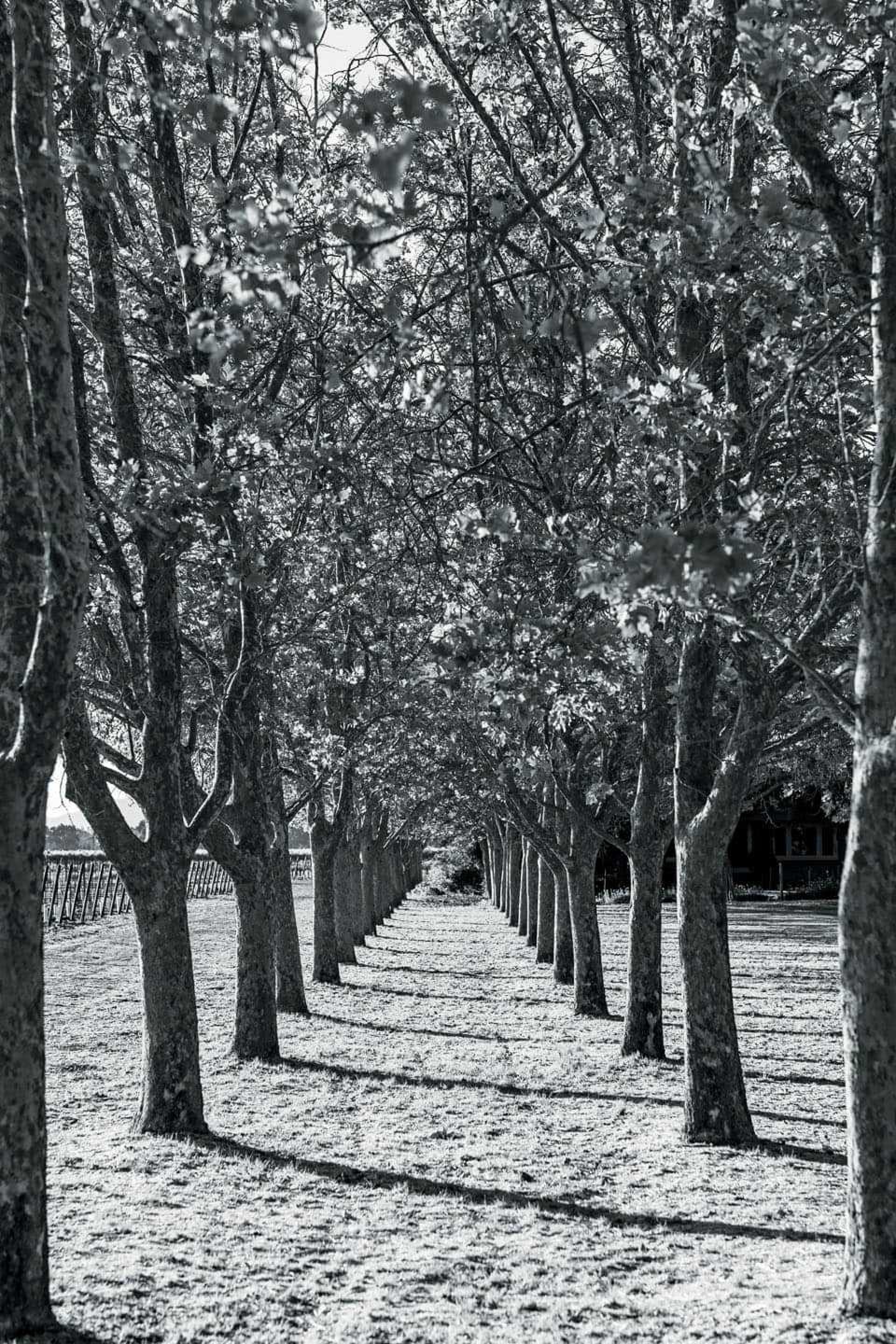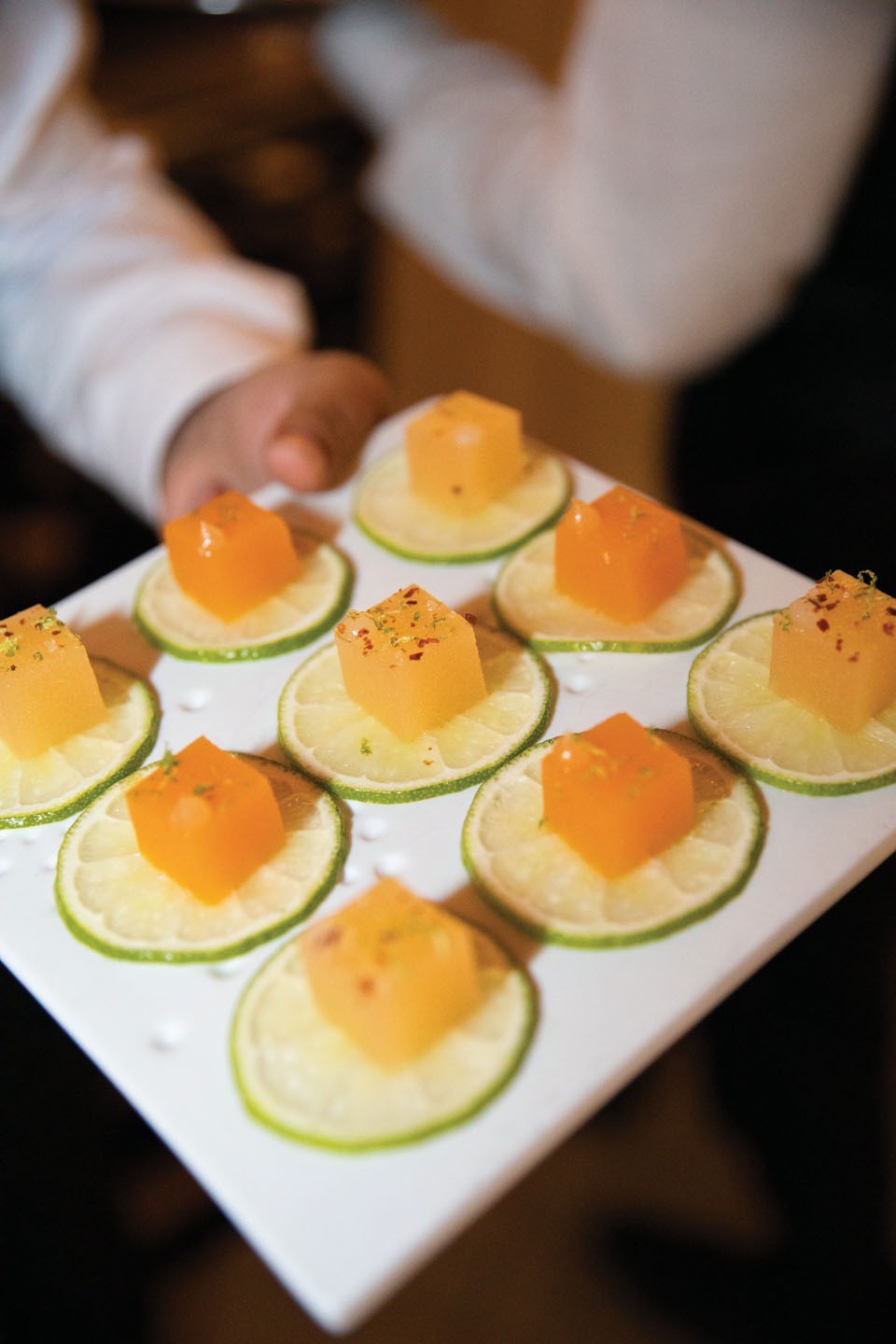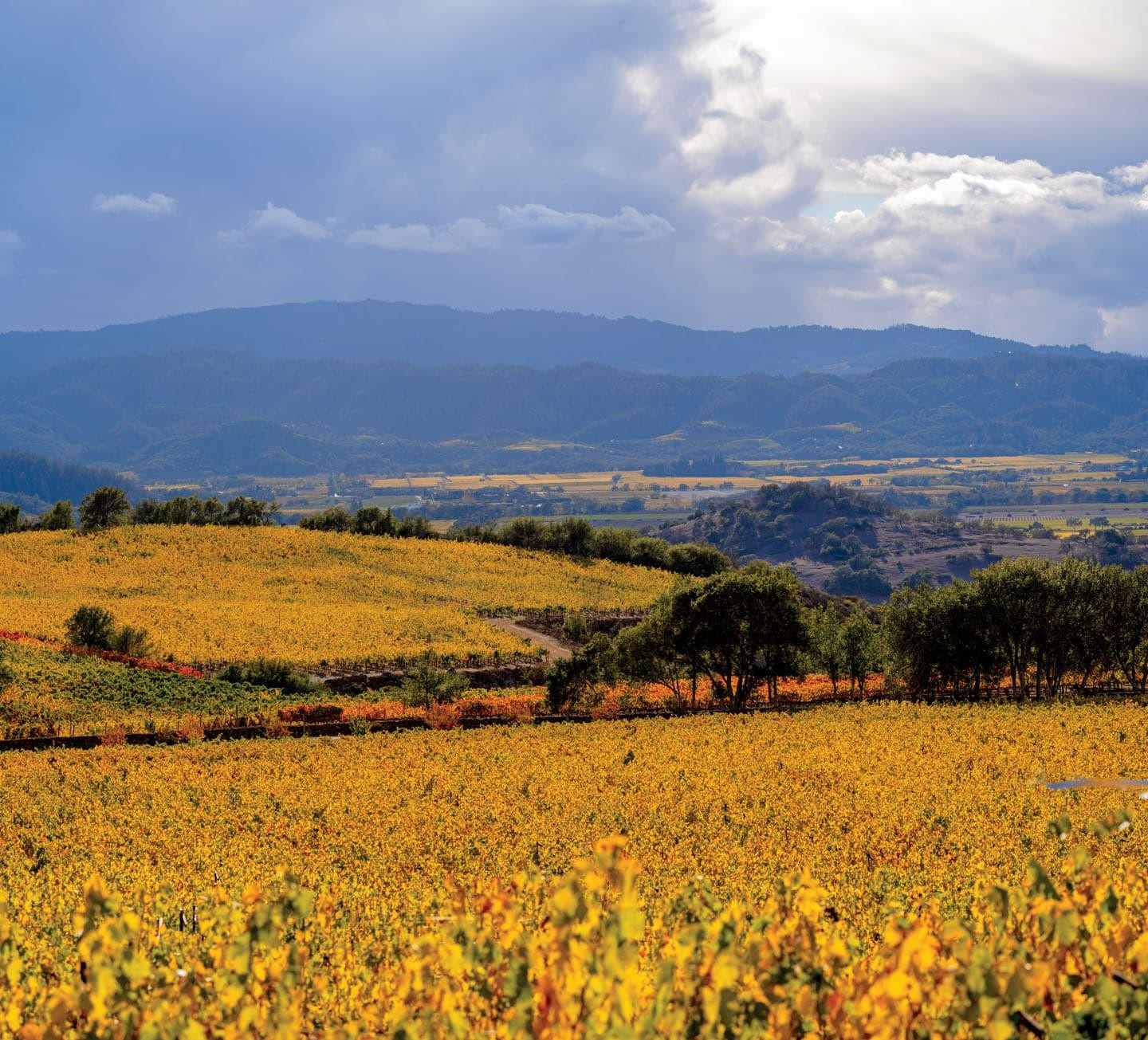The eldest son of Henry and Esther Crabb, H. W. Crabb was born on July 4, 1828, in Jefferson County, Ohio. Although there was a burgeoning wine scene in Ohio at the time, the Crabbs had no association with it. Crabb’s father was a successful blacksmith, and his brother, John, was known as a vehement teetotaler. When Crabb’s father died, his mother sold the family farm, and Crabb left, first heading to New Orleans and eventually ending up in California, where he dreamed of finding gold in the Sierra foothills.
By 1853, Crabb had abandoned his quest for gold and moved to San Lorenzo in Alameda County, California. Twenty-five years old at the time, he tried unsuccessfully to cultivate corn at his San Lorenzo estate but had some measure of luck establishing an orchard. He was soon exhibiting his fruit at agricultural fairs and, in 1860, was asked to serve on the board of the Alameda County supervisors. His wife at the time, Rebecca, died just two years later, leaving him to care for their children, Amanda, Adda, and Horace. In 1864, Crabb married Elizabeth Carmer, and together they had one child, Cora Crabb.
